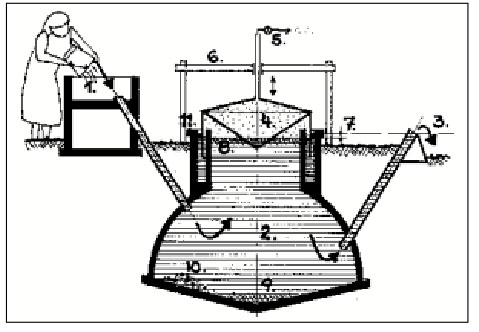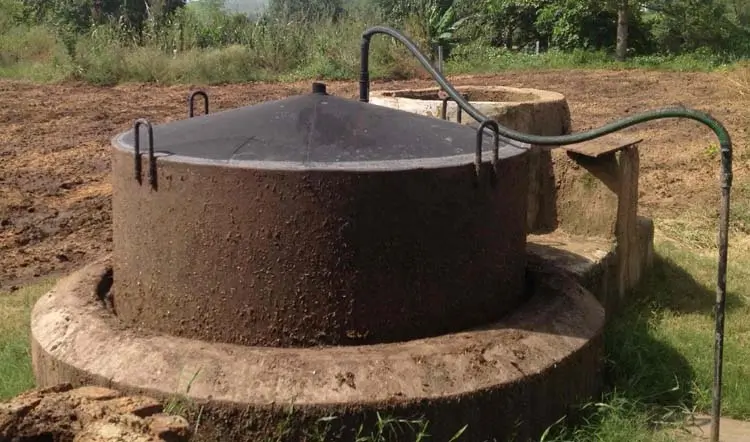Floating Drum Biogas
What is a Floating Drum Biogas
Floating Drum Biogas, or FDB, is a low-cost biogas digester designed and developed to reduce the environmental impact of animal waste. This anaerobic digestion process transforms animal and plant waste into valuable energy used for electricity or cooking fuel. An FDB uses organic matter, such as crop residues and animal wastes, producing methane gas. The floating design prevents flooding and allows the heat produced during the process to remain contained while allowing excess liquid to escape. Thanks to its floating build, FDB is also robust against earthquakes, making it more reliable than other biogas technologies in areas with seismic activity. With its efficiency and various applications, Floating Drum Biogas is highly beneficial in improving eco-friendly solutions worldwide.
Floating Drum Biogas Design
Floating drum biogas plants consist of a digester and a moving gasholder. The gasholder flows directly on the fermentation slurry or in a water jacket. The gas collects in the drum, which then rises on this positive pressure. Drawing off gas means the drum falls. A guide frame prevents the drum from tilting.

Fig 1. FDB plant. 1. Mixing tank with inlet pipe 2. Digester 3. Overflow on outlet pipe 4. Gasholder with braces for breaking up surface scum 5. Gas outlet with main cock 6. Gas drum guide structure 7. The difference in level = gas pressure in cm WC 8. Floating scum in the case of fibrous feed material 9. Accumulation of thick sludge 10. Collection of grit and stones 11. Water jacket with an oil film.
Ground floating drum biogas plants made of wire-mesh-reinforced concrete are liable to hairline cracking and are intrinsically porous. They require a gastight, elastic internal coating. PVC drums are generally unsuitable because they are not resistant to UV. A balloon above the digester can replace the floating gas drum. Many ‘portable’ type home scale floating drum biogas kits are biogas kits now on the market. Units like the ARTI are made of plastic, light, easy to manoeuvre, and very straightforward.
Advantages and Disadvantages
Advantages: Simple, easily understood operation, constant gas pressure, the volume of stored gas directly visible.
Disadvantages: High construction cost of the floating drum, many steel parts liable to corrosion, resulting in short life (up to 15 years; in tropical coastal regions, about five years for the drum), regular maintenance costs due to painting. Despite these disadvantages, floating-drum plants are always recommended in cases of doubt. Water-jacket plants are universally applicable and especially easy to maintain. The drum won’t stick, even if the substrate has a high solids content. Glass-fibre-reinforced plastic and high-density polyethylene floating drums are successful. However the construction cost is higher than steel.
The photo at the top of this page shows a FDB unit fully charged with biogas, showing the drum extended. This unit is located at Aman Bagh, a small farm that does not use pesticides or chemical fertilisers.


1 Pingback